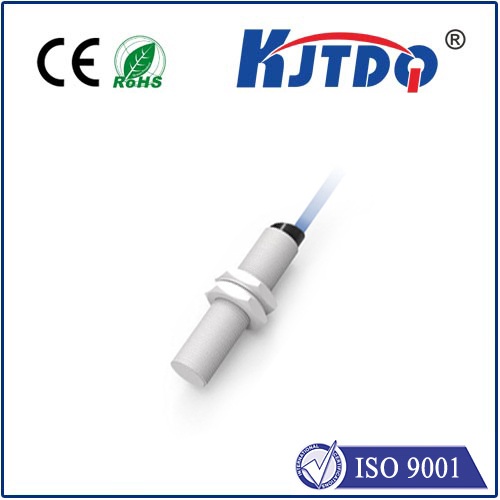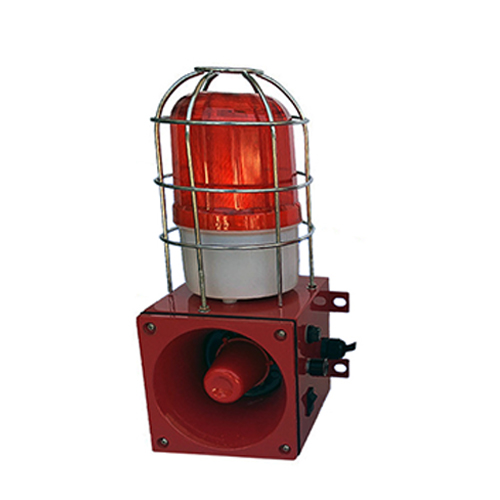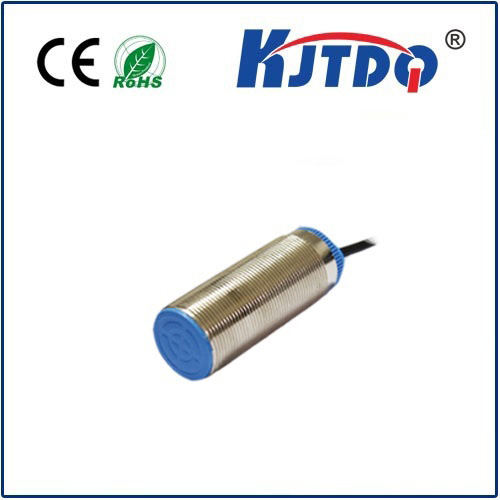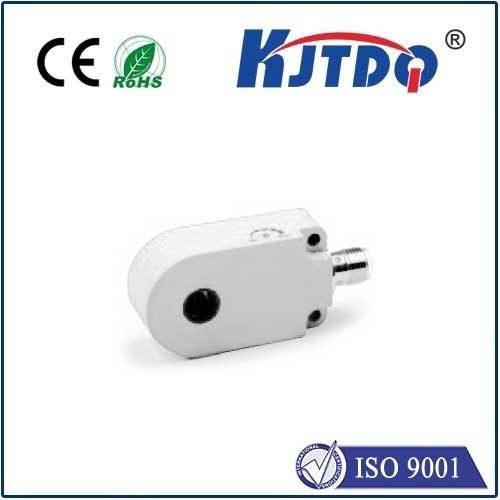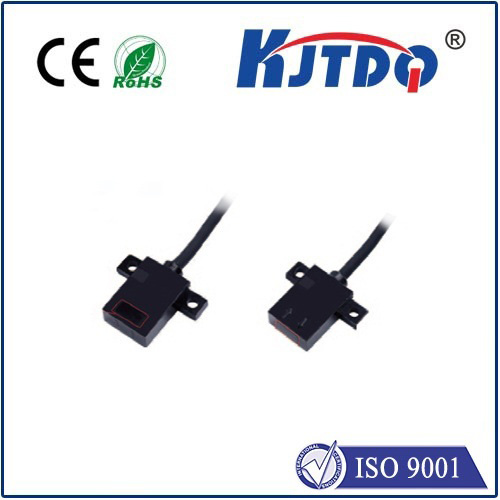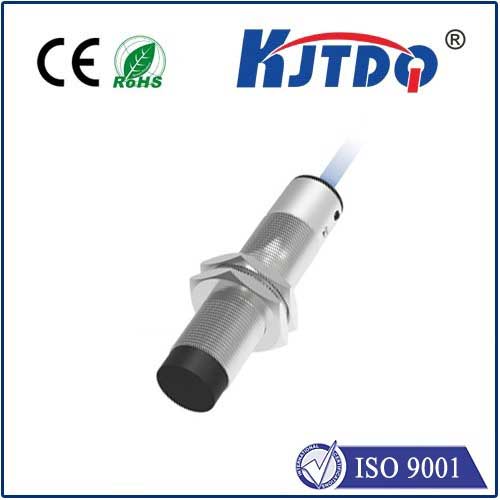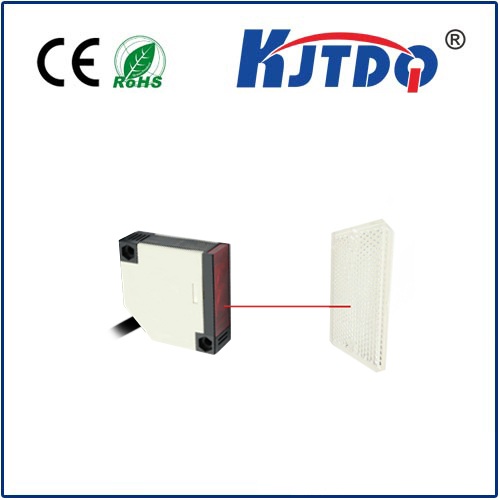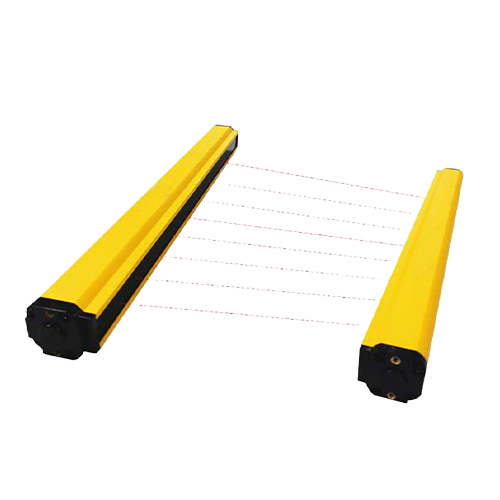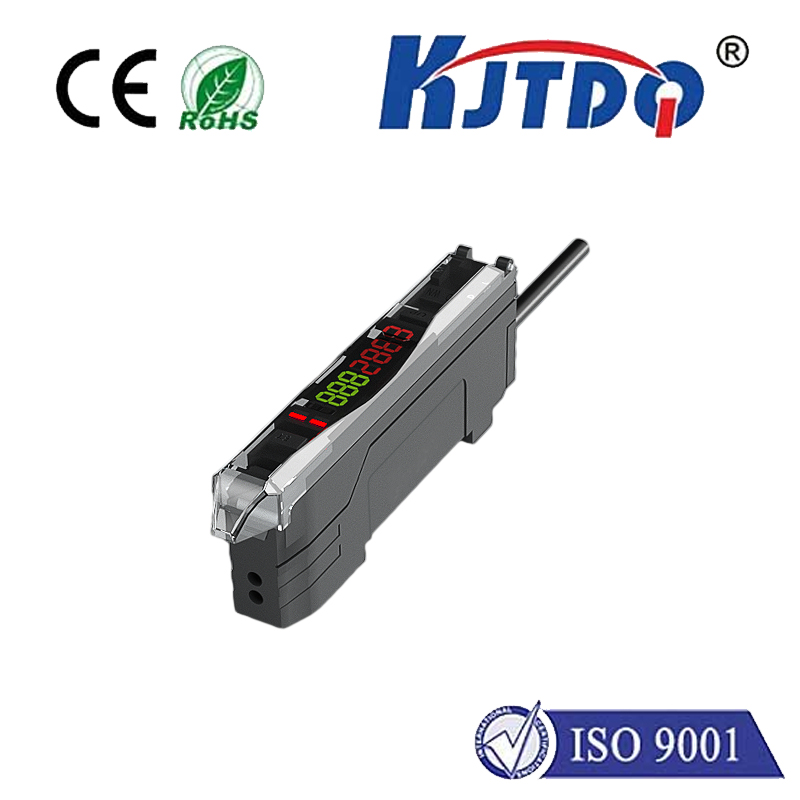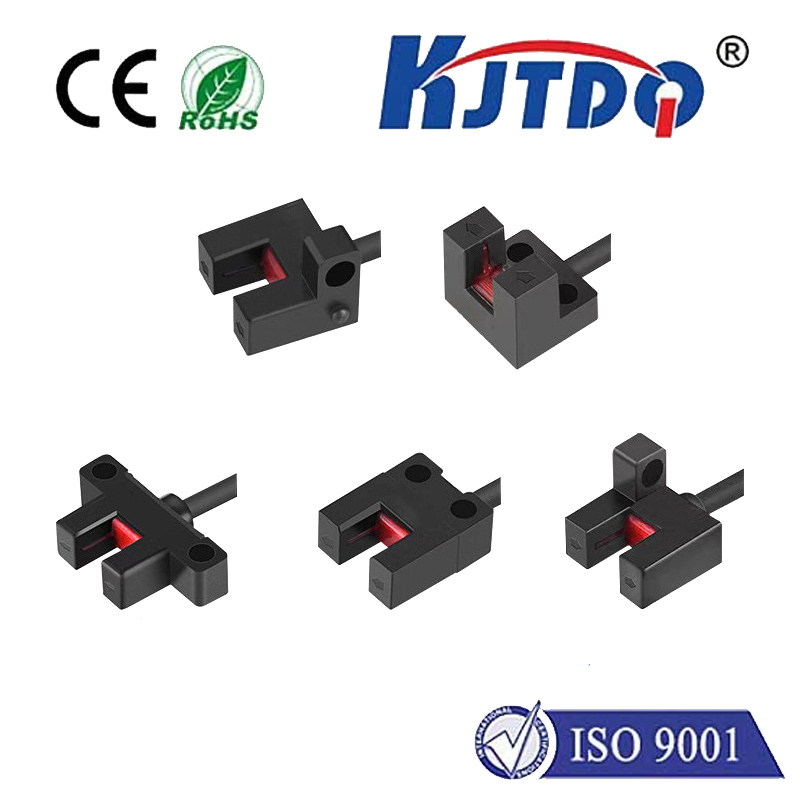

check

check

check

check

check

check

check

check

check

check
In an era where automation, robotics, and smart interactions dominate technological advancement, sensing the physical world accurately and reliably is fundamental. Among the plethora of sensors available, proximity detection stands out as a critical capability, enabling machines to perceive nearby objects without physical contact. Enter the Grove 80cm Infrared Proximity Sensor – a sophisticated, yet accessible tool designed to bridge the gap between complex projects and reliable distance measurement. This sensor isn’t just another component; it’s a gateway to creating more responsive, intelligent, and safe systems. Understanding its capabilities, from its impressive 80cm detection range to its seamless integration potential, is key for innovators and engineers.
At its core, the Grove 80cm IR Proximity Sensor operates on a well-established principle: infrared light reflection. It emits an invisible infrared beam. When this beam encounters an object within its line of sight, a portion of the light is reflected back towards the sensor. A dedicated receiver detects this reflected IR light. The crucial insight here is that the intensity of the reflected signal changes predictably based on the distance to the object. By meticulously measuring this intensity, the sensor provides a corresponding analog voltage output, allowing a microcontroller (like an Arduino or Raspberry Pi) to calculate the target’s approximate proximity. This method offers distinct advantages, particularly in scenarios demanding non-contact measurement and resilience to surface characteristics compared to lasers or ultrasonic waves.
So, what makes this specific Grove sensor stand out? The answer lies in its optimized 80cm range. While many basic IR proximity sensors max out at 20-30cm, extending reliable detection to 80cm significantly broadens the scope of potential applications. This extended reach makes it viable for larger-scale projects like medium-sized robot navigation, presence detection across wider doorways, or monitoring objects on expansive workbenches. Its operation within the 3.3V to 5V logic range makes it instantly compatible with the vast ecosystem of popular development boards. Furthermore, the integrated Grove connector eliminates the tedious and error-prone process of wiring discrete components – simply plug it into a Grove shield or base board, and you’re ready to gather data. Key specifications include:

The Grove ecosystem, championed by Seeed Studio, is renowned for its plug-and-play simplicity and modularity. The Grove 80cm IR Proximity Sensor exemplifies this philosophy. This integration drastically reduces development time and complexity. Hobbyists can prototype rapidly without soldering, while professionals can deploy reliable sensing nodes quickly. The standardized connector guarantees consistent pinouts and signal levels across all Grove modules, fostering a streamlined workflow. This ease of use is a major draw, particularly when compared to sourcing and wiring raw IR LED/phototransistor pairs which demand careful component matching, calibration, and circuit design.
Unlocking the 80cm detection capability of this IR proximity sensor opens doors to numerous innovative applications:
Choosing the Grove 80cm Infrared Proximity Sensor offers compelling advantages:
For best results, consider these usage tips: Calibration is essential! Object color, material (reflectivity), and ambient light significantly influence readings. Perform calibration in-situ for the specific targets and lighting conditions. Matte black objects absorb IR light, making detection harder at longer ranges, while white or reflective objects yield the best performance. Minimizing interference from direct sunlight or other strong IR sources is crucial for stable readings; sensor placement and potential shielding are key strategies. Utilize analog input pins on your microcontroller (e.g., Arduino A0-A5) to read the sensor’s voltage output. Implement simple filtering (like averaging multiple readings) in your code to smooth out noise. Remember, the relationship between voltage and distance is non-linear and requires mapping – often achieved empirically during calibration for the specific use case.
The Grove 80cm Infrared Proximity Sensor strikes an excellent balance between extended range, ease of use through the Grove ecosystem, and cost-effectiveness. Its 80cm detection capability makes it a versatile choice for scenarios demanding reliable non-contact distance measurement beyond the reach of basic proximity sensors. Whether enabling smarter robots, enhancing security systems, streamlining industrial processes, or powering interactive experiences, this sensor provides a powerful, accessible solution. By understanding its operation, leveraging the Grove connector simplicity, and applying practical calibration techniques, developers and engineers can effectively harness this sensor to bring sophisticated proximity awareness to their next innovative project. Its blend of performance and integration ease makes it a valuable asset in the toolkit of anyone building connected, interactive, and intelligent systems.
